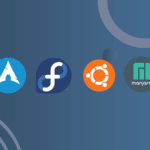When Does Windows 10 Support End, and Why Is This Important?
Windows 10 support officially ends on October 14, 2025, marking the conclusion of Microsoft’s regular updates, security patches, and free technical assistance for this widely used operating system. After this date, users still running Windows 10 will no longer receive routine updates, which could leave their systems more vulnerable to emerging security threats. However, Microsoft has announced the availability of paid extended support options beyond the EOL (End of Life) date for businesses and individuals who wish to continue receiving critical updates. This provides an alternative for the estimated millions of users who continue to rely on Windows 10, often preferring it over Windows 11 due to its familiarity, stability, and broader hardware compatibility.
For both individuals and businesses, this end-of-support phase highlights a need to plan for the future. Remaining on an unsupported OS can result in increased risks of security breaches, malware attacks, and compatibility issues with newer software. With these factors in mind, understanding the differences between Windows 10 and Windows 11 and considering alternative operating systems becomes essential for a smooth transition.
Windows 10 vs. Windows 11: Key Differences in Design, Performance, and Features
While Microsoft positions Windows 11 as a substantial improvement over Windows 10, many users debate whether the differences justify upgrading. Here are some of the key changes:
- User Interface and Design: Windows 11 introduces a refreshed, more modern interface with a centered Start Menu, rounded corners, and a streamlined Taskbar. This visually cleaner design focuses on simplicity and user experience, but some Windows 10 users find it a departure from the classic layout they’ve grown accustomed to.
- Performance Enhancements: Windows 11 offers several optimizations for improved performance, especially on newer hardware. Microsoft has optimized the OS to work with the latest processors and enhance multitasking with features like Snap Layouts, Snap Groups, and better virtual desktop support. However, these performance benefits may be less noticeable on older hardware, where Windows 10 might perform just as well.
- Security Requirements: One significant difference is Windows 11’s increased focus on security, which requires modern hardware capabilities like TPM 2.0 (Trusted Platform Module) and Secure Boot. These requirements aim to protect against sophisticated malware and improve device security, but they also mean that many older PCs cannot upgrade to Windows 11 without hardware upgrades.
- Gaming and DirectStorage: For gamers, Windows 11 includes new technologies such as DirectStorage, which can drastically reduce load times by allowing the GPU to load data directly from the storage drive. Additionally, the OS optimizes compatibility with the latest gaming titles and supports high frame rate gaming. However, for users satisfied with Windows 10’s gaming performance, these updates might not be compelling enough to make the switch.
What to Do When Windows 10 Support Ends?
With Windows 10 reaching end-of-support status in 2025, users have a few pathways to consider. Each option comes with distinct benefits and potential downsides, depending on individual needs and hardware compatibility.
- Upgrade to Windows 11: Requirements and Considerations
Upgrading to Windows 11 is a natural choice for users whose PCs meet the minimum system requirements. However, these requirements are stricter than previous Windows versions. To install Windows 11, devices must support TPM 2.0 and Secure Boot, both of which enhance system security by preventing unauthorized access at startup and supporting features like BitLocker encryption.
For those unsure if their hardware meets these requirements, Microsoft provides a PC Health Check tool that assesses device compatibility. Users with incompatible PCs will face challenges if they attempt to bypass the requirements, as Microsoft has warned that devices without TPM 2.0 may not receive critical updates, potentially impacting system security and stability.
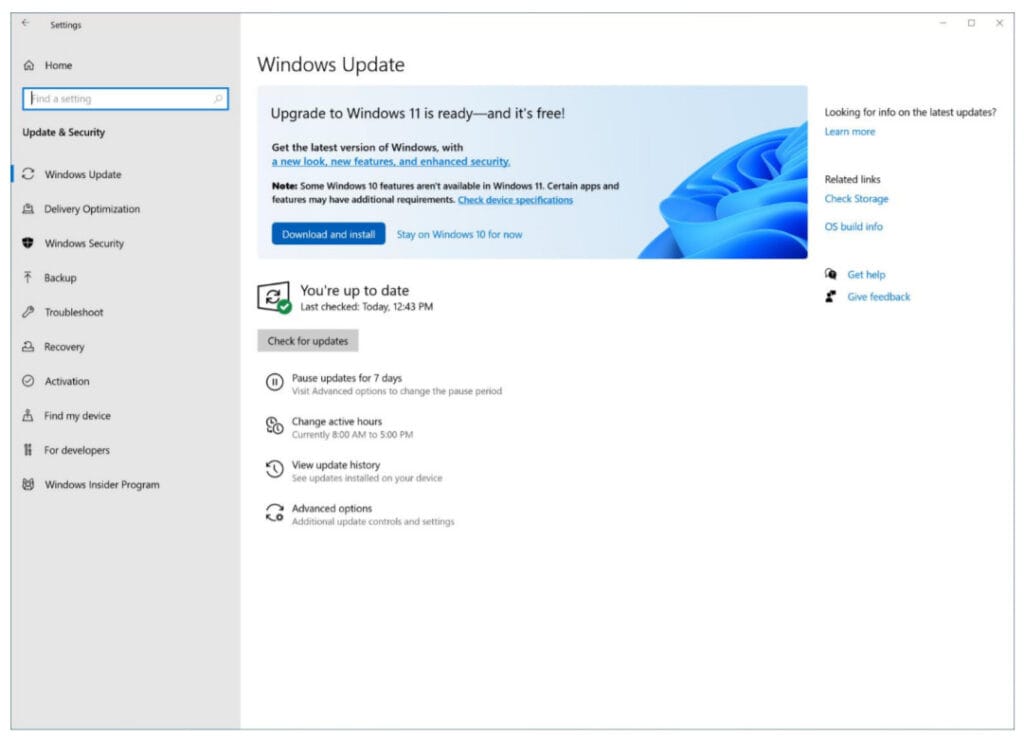
- Consider Buying a New Computer with Windows 11 Preinstalled
If upgrading current hardware is not feasible, purchasing a new PC with Windows 11 preinstalled offers a seamless, hassle-free experience. New PCs are designed to handle Windows 11’s requirements and offer enhanced performance with the latest hardware. Additionally, buying a new device may prove more cost-effective in the long run, as newer models often come with better warranties and support.
Investing in a new PC also future-proofs the system for upcoming updates, ensuring continued access to security patches and improvements. However, this route may not be ideal for everyone, especially those on a budget or satisfied with their current hardware performance.
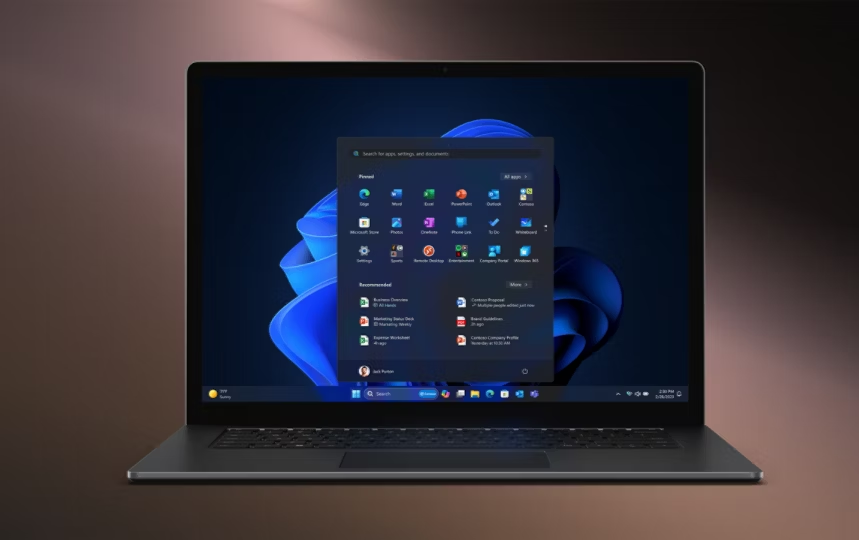
- Switch to Linux: A Viable Alternative for Windows Users
For users seeking a low-cost, flexible alternative, Linux presents a compelling option when Windows 10 support ends. Modern Linux distributions are much more user-friendly than in the past, often providing graphical interfaces that rival Windows in functionality and ease of use. With Linux, users can continue receiving security updates and support without worrying about future OS upgrades or hardware compatibility.
Some of the recommended beginner-friendly Linux distributions include:
- Ubuntu: Known for its large community and extensive software library, Ubuntu is a popular choice for beginners. It offers a familiar interface, regular updates, and support for a wide range of software applications, making it a smooth transition for ex-Windows users.
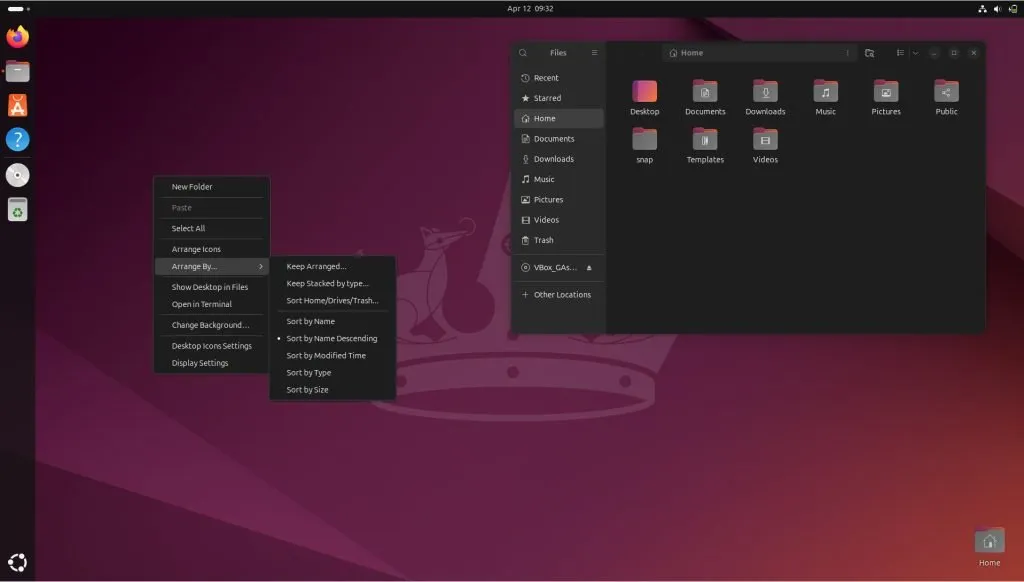
- Zorin OS: Specifically designed to mimic the Windows experience, Zorin OS is an excellent option for newcomers to Linux. Its layout and interface are similar to Windows, reducing the learning curve and making it an intuitive choice.
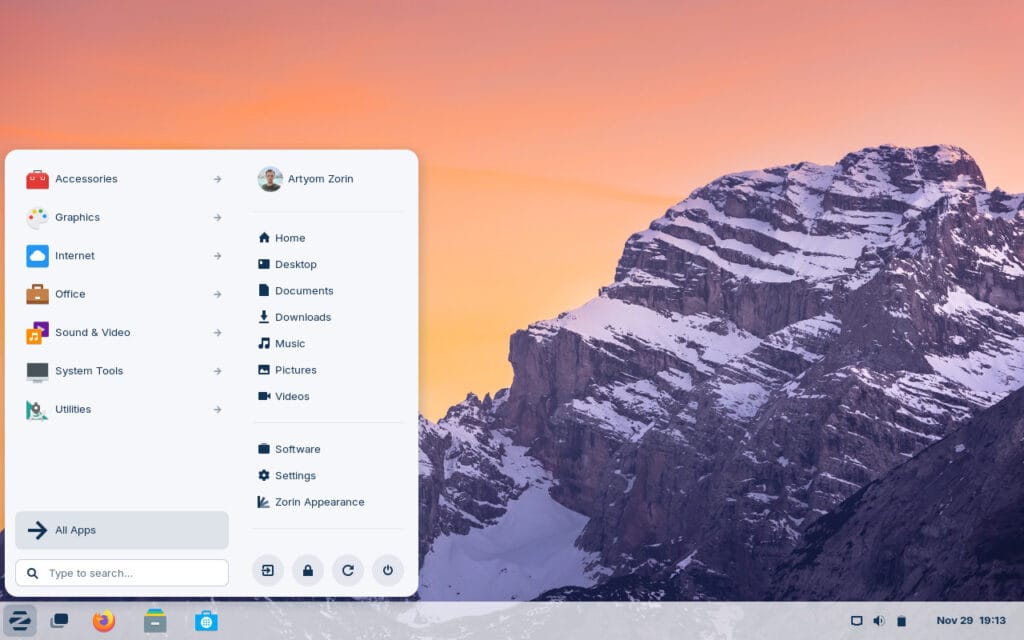
- Linux Mint: With a design closely resembling Windows, Linux Mint is another solid choice for new Linux users. It comes pre-installed with many essential applications and offers a straightforward, efficient user experience.
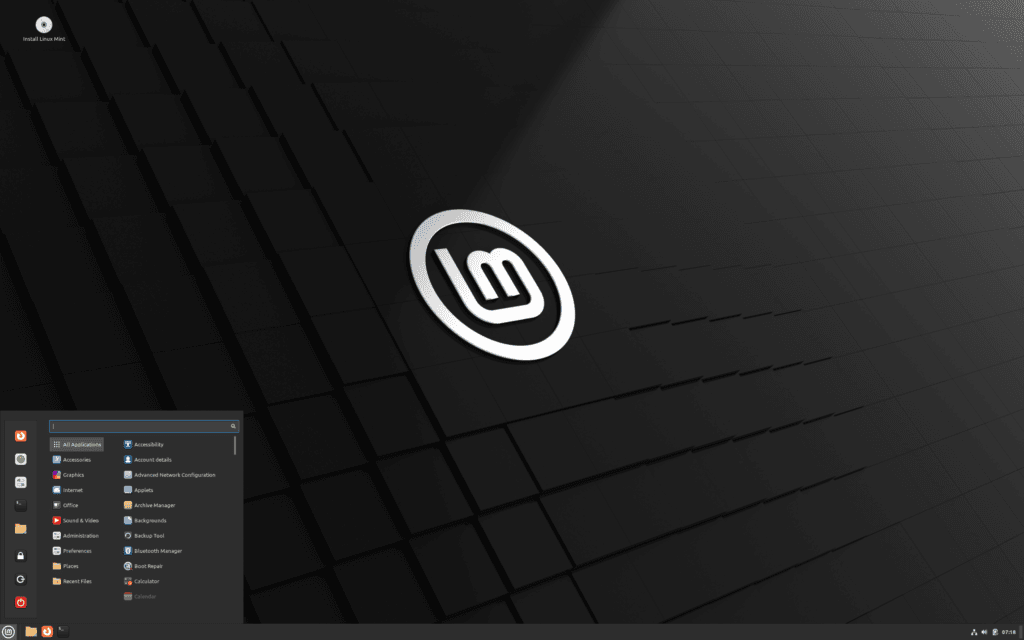
Linux Pros and Cons: While Linux provides a stable, secure platform for many tasks, some specialized software may be unavailable or have limited functionality compared to their Windows counterparts. Programs like the Adobe Creative Suite and Autodesk applications lack native Linux versions, although open-source alternatives (like GIMP for image editing or Blender for 3D modeling) can serve as replacements for some users.
In the gaming realm, Linux’s compatibility has improved significantly. Thanks to Valve’s Steam Deck, SteamOS, and developments like Proton, a compatibility layer allowing Windows games to run on Linux, gaming on Linux has never been more accessible. Proton has enabled many popular titles to work seamlessly on Linux, although users may still encounter occasional compatibility challenges.
Conclusion
With the end of Windows 10 support on the horizon, users should start considering their options now to ensure a secure and efficient transition. While upgrading to Windows 11 may be the most straightforward choice for many, others may find that buying a new computer or even switching to Linux better suits their needs and budget.
Ultimately, the decision will depend on individual preferences, hardware capabilities, and software needs. For those open to alternatives, Linux provides a versatile, cost-effective solution with growing support for a range of applications, including gaming. By carefully assessing the available options, users can make informed choices that align with their long-term goals, avoiding potential security risks and enjoying continued access to essential software and support.



